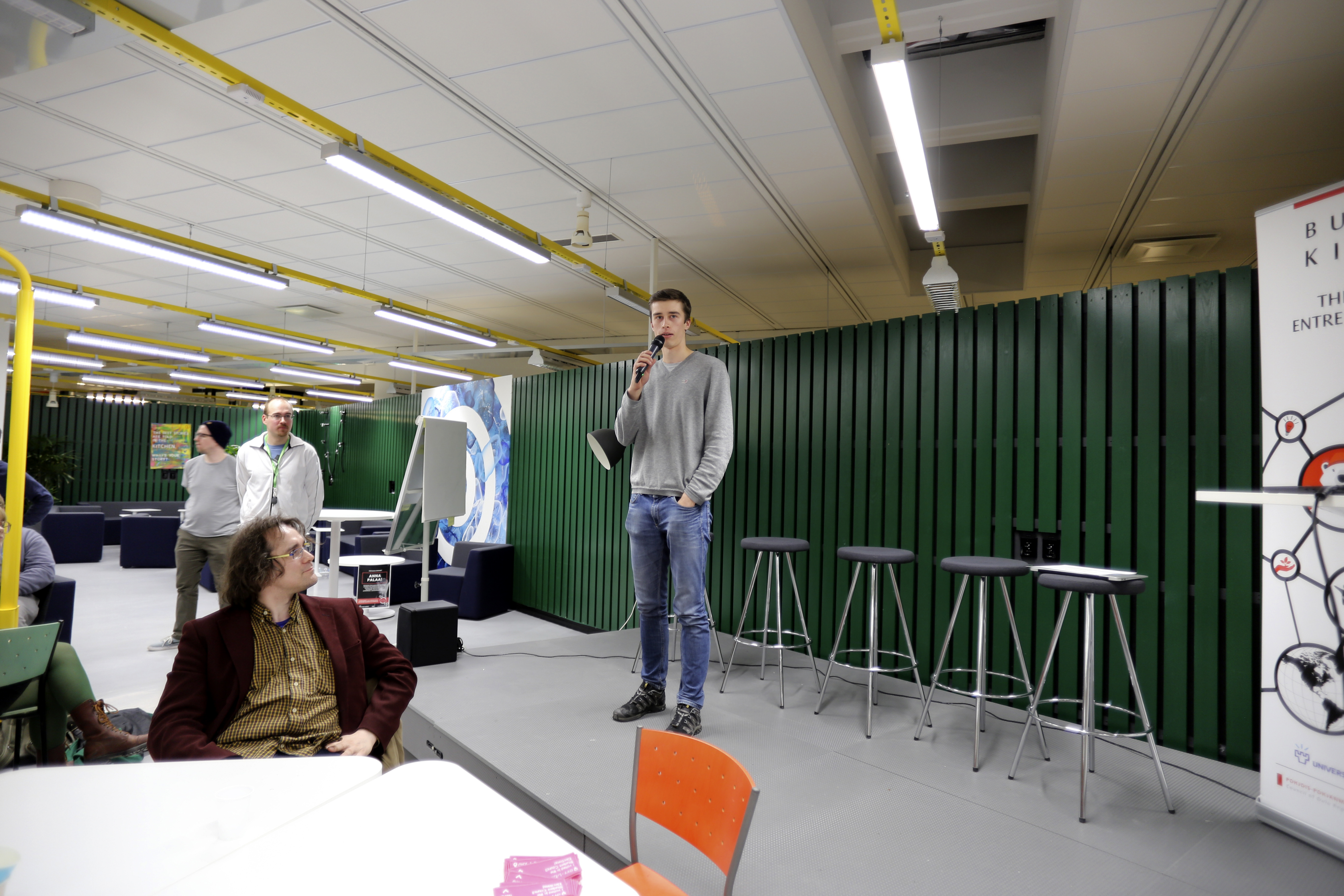When I was sixteen, I told my friends and relatives that I would be spending a year in Brazil as an exchange student. They thought I was being completely reckless.
The destination and the language seemed foreign to many. To me, they were the very reasons to head to Brazil. I wanted to learn and experience an entirely new language and culture, and place myself in a position I had never experienced before.
Now, I can only look back in awe at my youthful courage. My year in Brazil was amazing, eventful and educational. At the same time, it was challenging and difficult for me because in order to get by in Brazil I had to master a whole new language in a short period of time.
For the first time, people were staring at me in the streets. I could understand at first hand what it felt like to be labeled based solely on my background.
Along my journey to learn a new language and culture, it felt like a relief whenever someone met me halfway by speaking English to me.
Similarly therapeutic were the moments when I could discuss my experiences and challenges with other exchange students.
Even though my Brazilian host families were supportive of my adjustment, there were times when only a fellow exchange student could understand what I was going through.
I have no doubt that the time abroad has helped me grow as an individual and changed the way I perceive society and the whole world.
I believe that I can now understand a little better what international students and employees are going through when they arrive in our country and city. I honestly believe that anyone is capable of placing themselves in the other person’s shoes, should they only wish to do so.
The University of Oulu defines itself as an international science university. To me, this denotes not only internationally acclaimed education and research, but also an organizational culture which promotes internationality and within which every member of the university feels welcome.
We can assist in the psychological and social integration process for example by conducting our communications bilingually, ensuring equal opportunities for taking part in decision-making, and increasing general awareness regarding our diverce and multicultural community.
While advancements have recently been made regarding language policies in our university, there is still a lot of work to be done. One comes across a lot variation in policies between different faculties and units. Quite often, communications in English is simply reduced to a short summary, if even that.
If bilingual communications remains minimal or indeed, do not exist at all, international employees and students will not have the same access to guidance and support as their Finnish colleagues. This may lead to serious consequences regarding their work and studies in the long run.
Poor bilingual communications might result in research or project funding being left unapplied, employees missing useful trainings, or students lagging behind in their studies.
In our university, in addition to bilingual communications, a closer look should be taken at the opportunities our international students and employees have in decision-making processes.
According to the Universities Act, the official language of operations in our university is Finnish. Nonetheless, it has not prevented the education council from holding meetings primarily in English, for instance.
It is discouraging to realize how few opportunities our international employees and students have when it comes to the university’s official decision-making. Last autumn I felt devastated when we had to discard students’ applications for administrative positions solely on grounds of language policies.
Of course, a bilingual university requires additional resources. It also calls for courage. When it comes to speaking English, us Finns tend to set the bar too high for ourselves. Seeing as how we are a bit shy, we easily underestimate our competence. In the end, perfect grammar skills make very little difference in day-to-day language use – getting your message through is the key.
The Student Union has also made conscious efforts to advance equality. We strive for bilingual communications by default. Furthemore, in recent years, international students have acted as members of the Student Council, for example.
However, in 2018, promoting equality should not be seen as an example of exceptional visionary forward-thinking but rather as the norm upon which all operations base.
Our language policies and choices matter. At best, they build a sense of community; at worst, they break it apart.
Fragmented and unequal communications makes integration to the university harder.
We need to acknowledge that not everyone has an equal chance to take part in decision-making in the university. We need to come up with concrete solutions to address this issue. One solution would be changing the language of meetings; another could be hiring an interpreter.
Furthermore, we need to recognize that the university’s Communications Services is not the sole authority in advancing a constructive and bilingual organizational culture. We are all responsible for developing language policies and building an inclusive community within our university.
Translation: Tiia Kokko.








